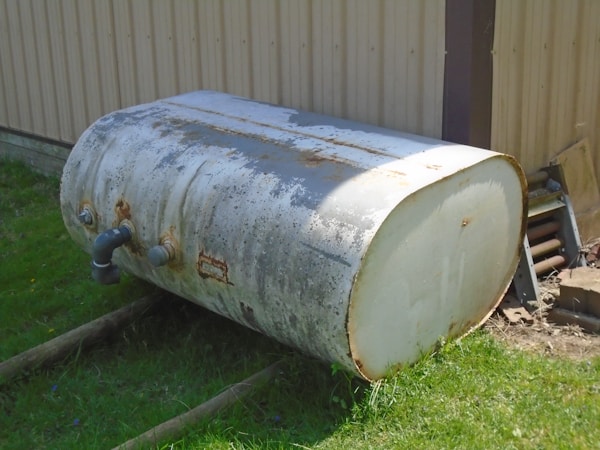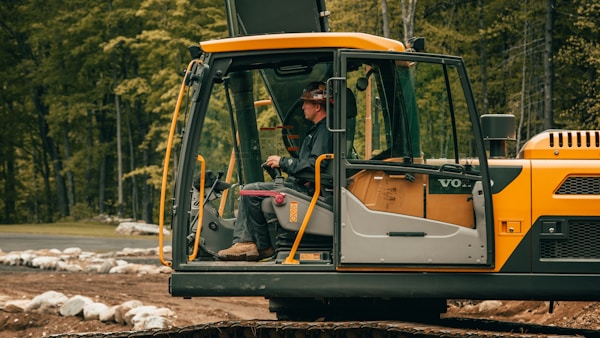If you’re planning on having a gasoline tank removed from your property, there are a few things you should know. First, it’s important to have a professional handle the removal process. Second, you can expect the process to take a few days. Finally, there may be some cleanup required after the removal is complete. Keep reading to learn more about what to expect from a gasoline tank removal on your property.
Who should I contact if I am considering a gasoline tank removal?

If you are considering a gasoline tank removal on your property, you should contact your local gasoline or oil tank removal service for more information. They will be able to tell you what is required in order to have the tank removed, and they will provide environmental services for oil tanks. With their team of professionals, you’ll have confidence and peace of mind knowing the oil tank removal will be completed in several business days.
How much does a gasoline tank removal cost?
A gasoline tank removal can cost a few hundred dollars to a few thousand, depending on the size of the tank and how much work is involved in removing it. The major expense for this type of project is typically the labor, so if you’re able to do some of the work yourself, you can save money.
First, the contractor will determine where the tank is located and what kind of access they’ll have to it. If it’s buried underground, they may need to dig down to get to it. But if it’s aboveground, they may be able to remove it without too much trouble.
Next, they’ll figure out how to safely disconnect and remove the tank. This process usually involves draining any remaining fuel from the tank and then cutting through the top or bottom so that it can be lifted off. Once the tank is removed, there will likely be some residual fuel or oil left in the soil around it. The contractor will clean up this mess as part of their services.
Can I remove the tank myself?

Yes, but it’s not recommended. A professional should do it for you. If the tank isn’t properly sealed after removal, hazardous vapors could escape and cause health problems. Second, there’s a risk of fuel spills during removal. Finally, removing a gas tank can be dangerous if you’re not familiar with how to do it safely. You’ll need the necessary permits, and different states have different laws regarding these types of environmental services.
What should I do before a gasoline tank removal is performed on my property?
Contact a qualified professional to remove the tank. They will likely need access to your property in order to perform the work, so be prepared for that. Ask them for any instructions regarding the removal. This will highly be dependent on whether it is underground or aboveground. After it has been removed, you will need to help clean up any remaining contamination from the tank’s removal. The professional may also already specialize in environmental cleanup services.
Tank removal services are often called in when there is an old, abandoned gasoline tank on a property. The service will remove the tank and any remaining fuel from the site. This is usually a dangerous job, so it’s important to hire a reputable company to do the work. Remember that not all tanks need to be removed. If your tank is still in use, you can have it tested and certified by a professional engineer. If it passes inspection, you don’t need to worry about removing it. Overall, having an oil tank removal on your property is an important step in preventing environmental damage and ensuring the safety of your family and community.















